Located on the slopes of Nui Lon (Big Mountain) in Vung Tau City, Thich Ca Phat Dai is a revered cultural and historical site. This scenic Buddhist complex is known for its graceful blend of religious architecture and natural landscape - and for housing sacred relics of the Buddha.
According to the Ba Ria - Vung Tau Provincial Museum, the Thich Ca Phat Dai complex was initiated in July 1961 and completed in March 1963. It spans nearly 3 hectares and was founded under the inspiration of the revered Sri Lankan monk, Most Venerable Narada Mahathera.
In December 1989, Thich Ca Phat Dai was officially recognized as a national cultural heritage site.
The entire pagoda grounds are shaped like a crescent moon, designed across three ascending levels, rising from 3 to 29 meters above sea level.
The first level features the entrance gate and a flower garden. The second level houses a rest pavilion and a traditional exhibition hall.
The third level includes Thien Lam Tu (Meditation Forest Temple) and the Buddhist relic area, adorned with sculptural works and large statues - most notably, the outdoor statue of the Enlightened Buddha.
The statue’s base stands 7 meters high in an octagonal shape, symbolizing the Noble Eightfold Path. The Buddha image is 6 meters tall, including a 4-meter-wide lotus seat, the body, and the head - all crafted from reinforced concrete. Embedded within the statue’s body are three sacred Buddha relics.
Another highlight is the octagonal-shaped Buddha relic stupa, which stands 17 meters tall and is topped with a lotus bud. Inside are 13 sacred Buddha relics offered by the Sri Lankan high monk Narada.
A 12.2-meter-long reclining Buddha statue, depicting the Buddha entering Nirvana, faces west. It stands 2.4 meters tall and is accompanied below by nine monks with palms joined in reverence.
Another statue within the complex depicts Prince Siddhartha’s renunciation, with the future Buddha cutting his hair beside his white horse Kanthaka and loyal attendant Channa.
Thich Ca Phat Dai is not only a renowned spiritual site but also a destination for sightseeing and pilgrimage, drawing both Vietnamese and international visitors to Vung Tau City.
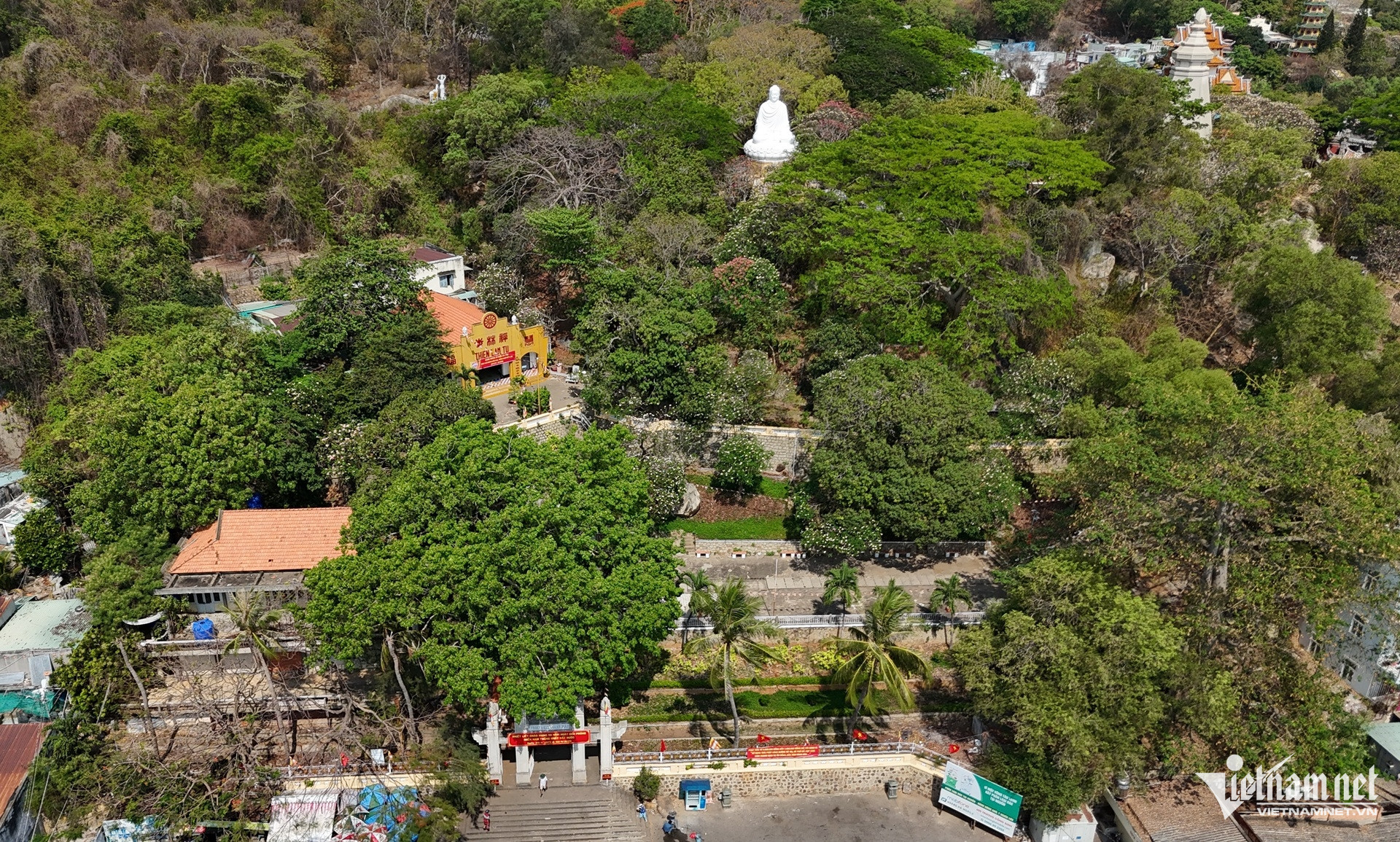


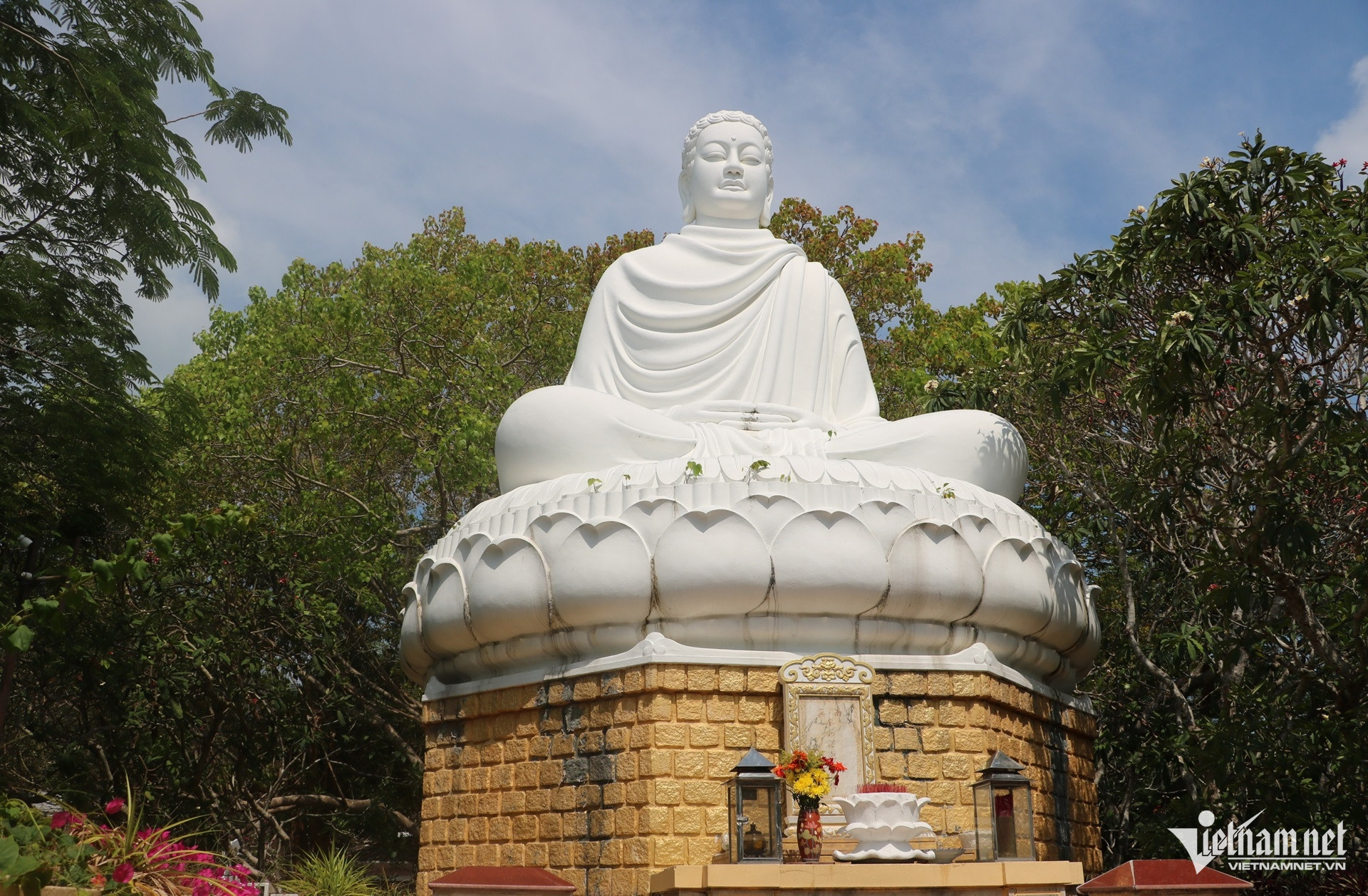
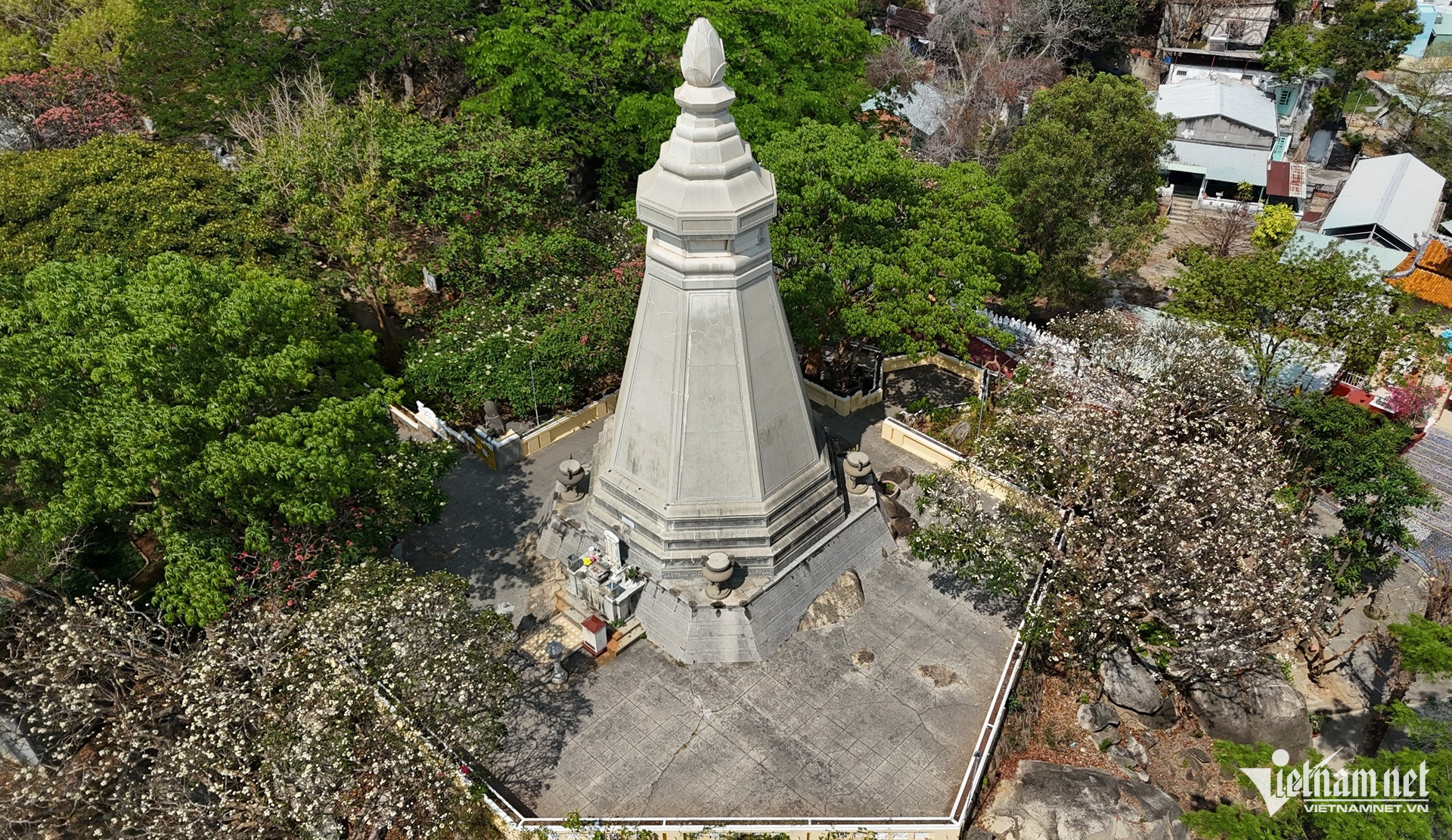
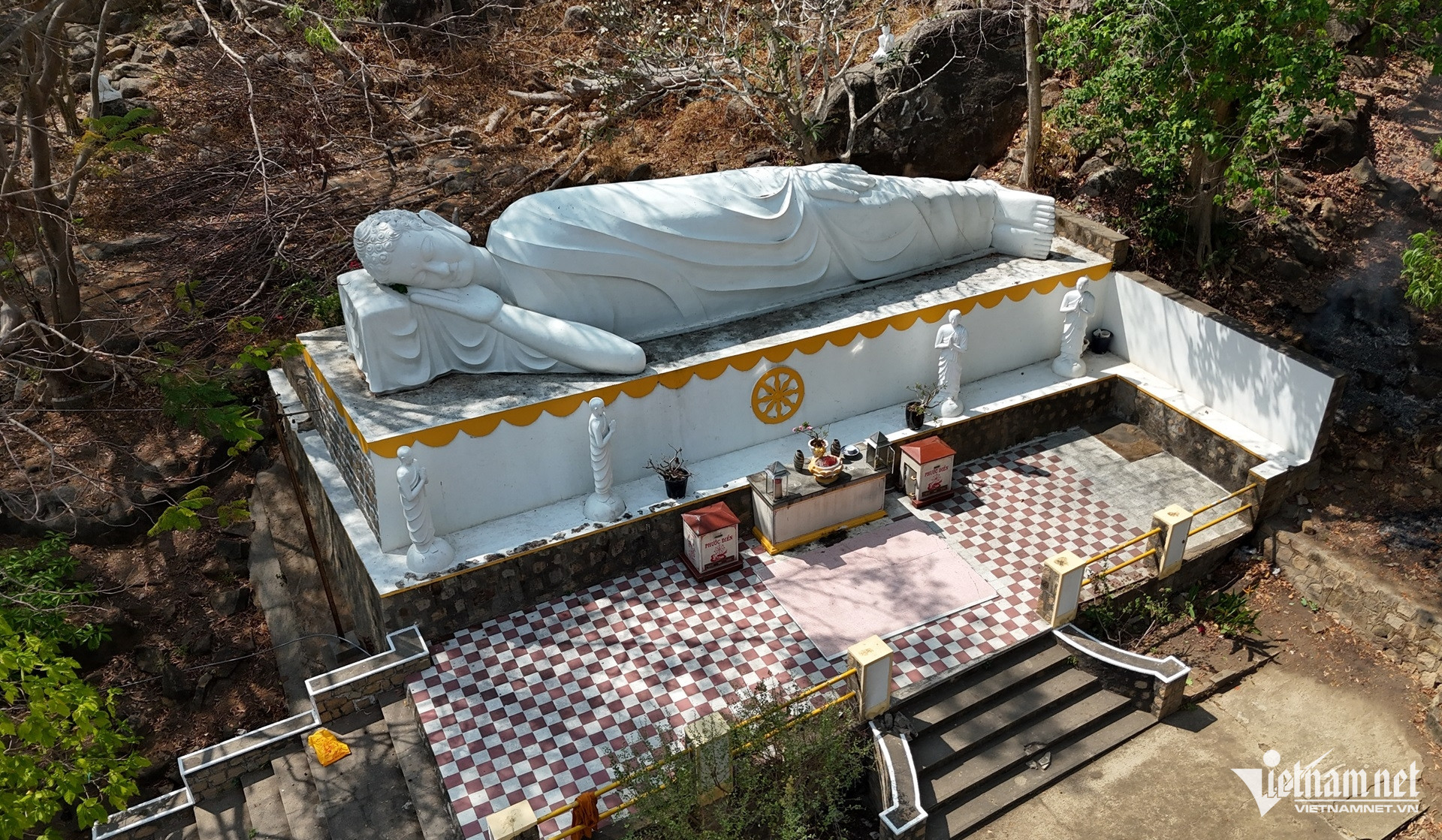
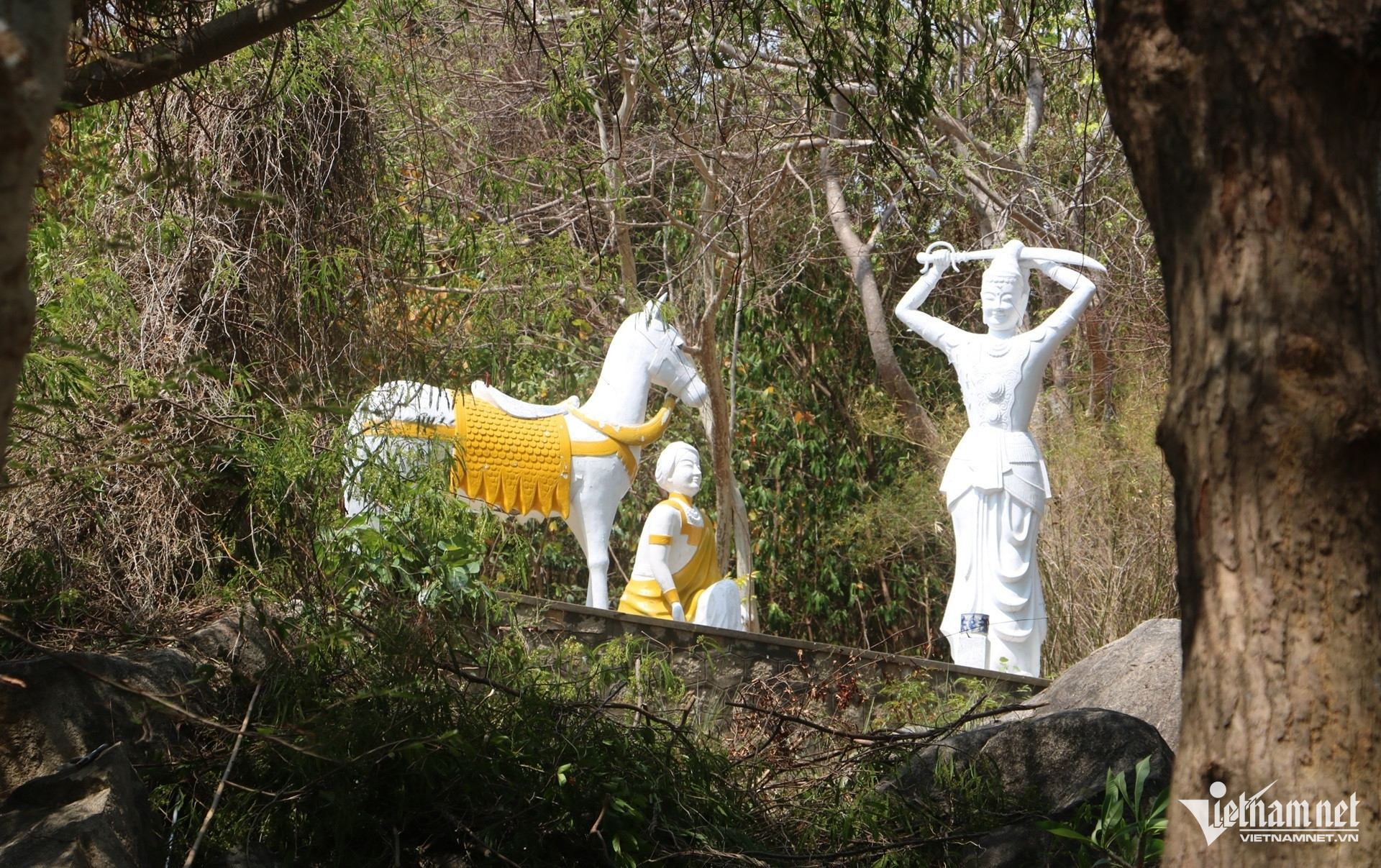
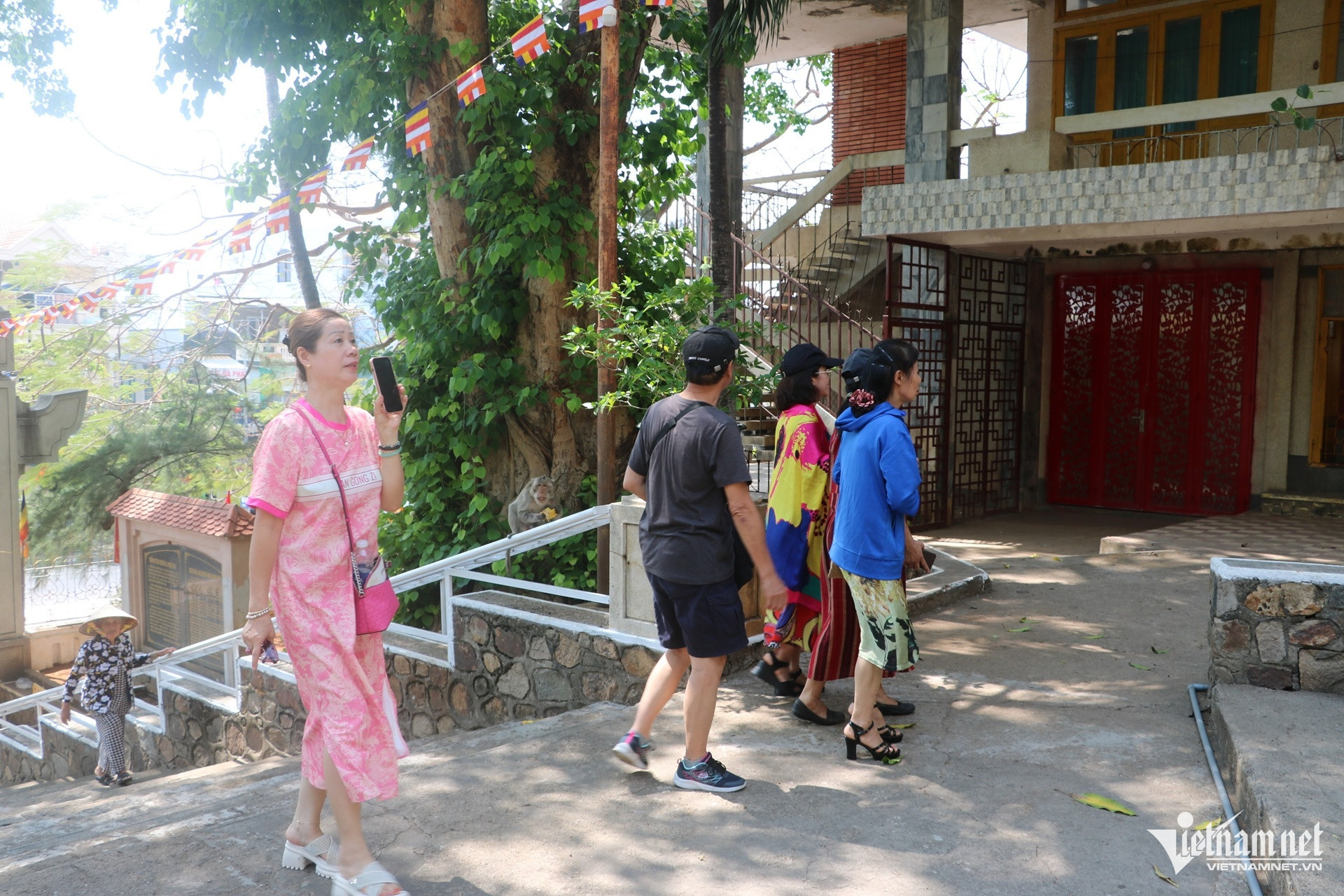
Quang Hung